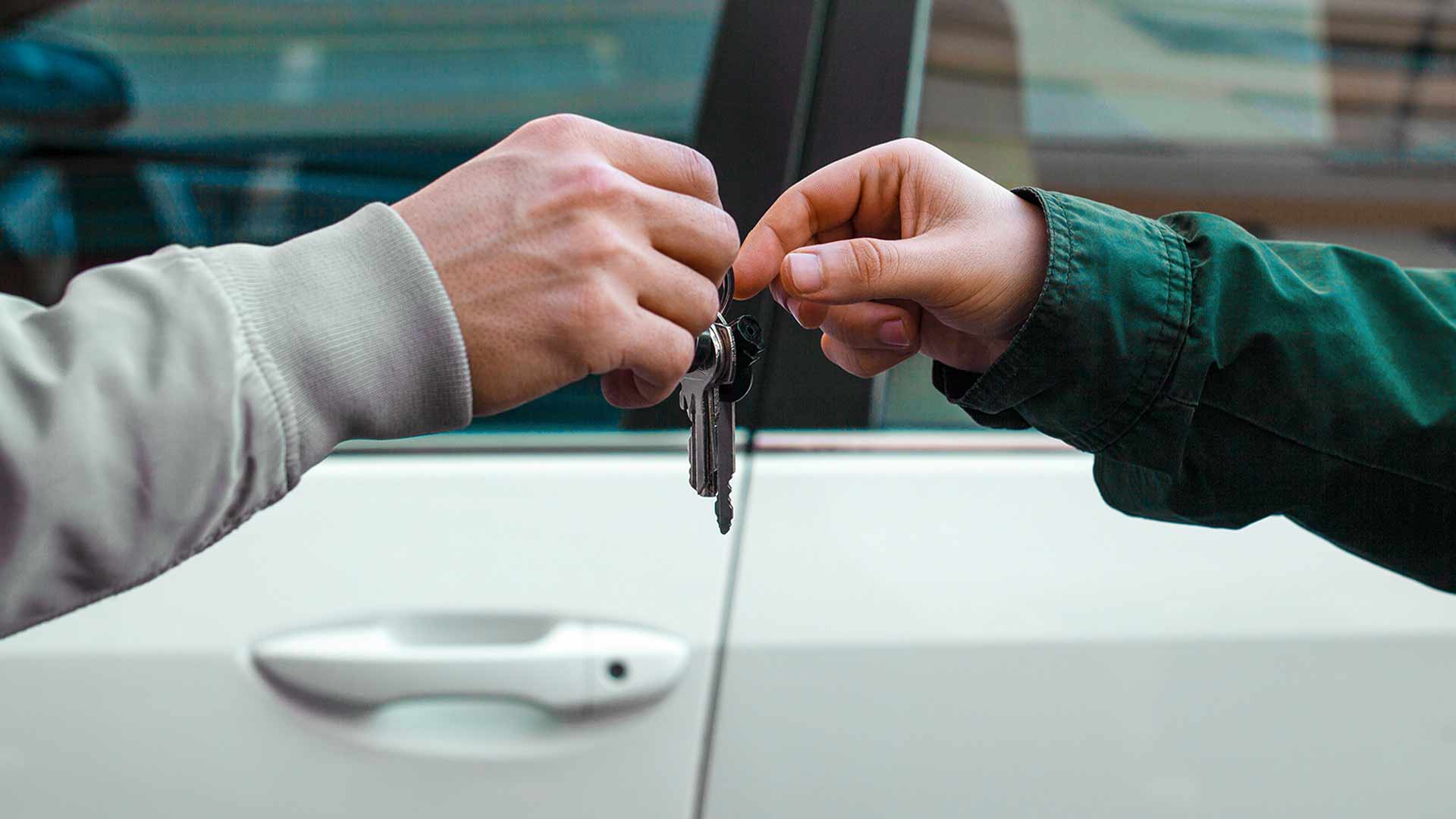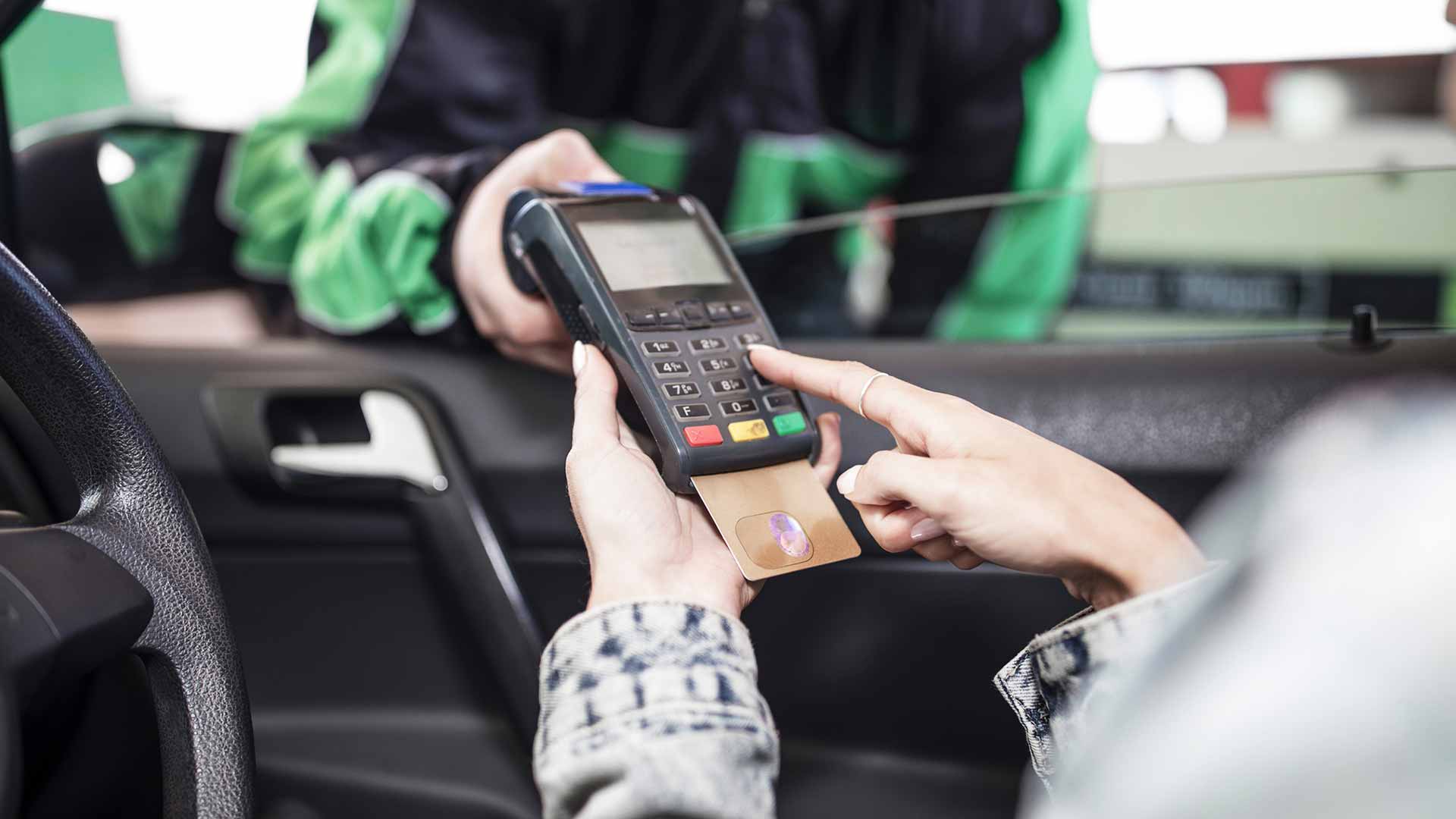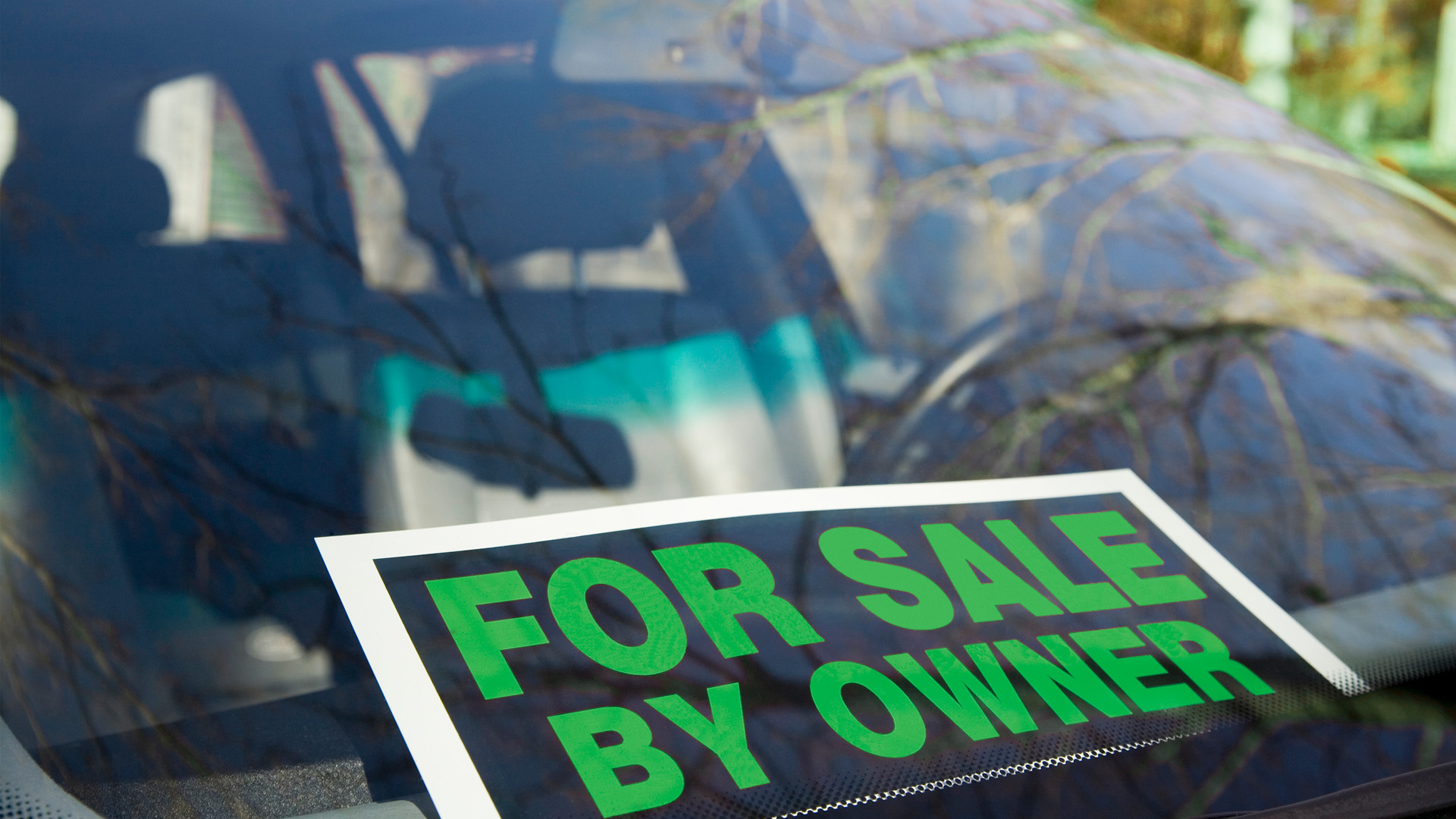If you need financing to buy a new or used car, you might be considering a loan with a balloon-payment option. You don’t need a sizeable deposit upfront, and your monthly instalments become more affordable. Before you commit to this route, however, you need to know exactly how much your balloon payment will be, when you will be expected to pay it, and how you will afford that payment.
Failing to do so can turn your final loan payment into a nasty surprise, or, in a worst-case scenario, it could lead to the car being repossessed.
Benefits of a balloon payment
A balloon payment is like a deposit that you pay to the finance company at the end of your loan term instead of paying a deposit to the dealer when you buy the car. In other words, your loan finances only a percentage of the purchase price, so the capital portion of your monthly payments is calculated on a lower value, making your payments more affordable.
For example, if you buy a car for R400,000 with a balloon payment of 20%, your monthly instalments will be paying off a capital balance of R320,000. The remaining R80,000 (the balloon payment) will be due at the end of your loan term – usually 72 months.
However, remember that during this period, the interest portion of your monthly payment would still be calculated on the actual price of the car (R400,000). Even taking this into account, though, a balloon-payment option should make monthly loan payments more affordable.
The downside of balloon payments
Although a balloon-payment option can make your monthly payments more affordable, you’re taking on extra debt to buy an asset that is depreciating – the value of your vehicle may end up less than the amount still owed.
If you consider taking this route, make sure you familiarise yourself with the concept of a break-even point – the moment when the car’s trade-in value equals the amount you still owe to the bank. When calculating the break-even point, factor in the amount outstanding in the balloon payment at the end of your loan term. It will take you longer to reach the break-even point on a vehicle with a balloon payment than it would with a conventional car loan.
Fail to plan, and you could find yourself defaulting on your final payment
If you’ve saved for a deposit on the car, and you still want to take financing with a balloon payment, at least your deposit will bring your break-even point forward. However, the most important thing to do if you choose a balloon payment is to prepare financially to make that payment when it becomes due. If you cannot, you could damage your credit score and your ability to secure credit in the future.
Balloon payments and insurance
Make sure that your vehicle insurance includes not only the replacement value of the car, but also shortfall cover for your loan. If the car is lost to fire, theft or an accident, shortfall cover will help you take care of the balloon payment.
Paying off a balloon payment
Financial planning is key to managing a loan with a balloon payment responsibly. You can start paying off the balloon payment at any time – if you can afford to pay more than your monthly instalment, you can use the extra money to reduce the balloon amount, so you’ll have less to pay at the end of your loan term.
Another strategy is to start saving for the final instalment as soon as your loan is approved. Your loan agreement will tell you exactly when the balloon payment will become due and how much it will be. You can open a dedicated investment account with an interest rate high enough to help you save enough in time.
If you have the discipline to stick to either of these plans, you should have no problem paying off the balloon payment at the end of your loan. Fail to plan, and you could find yourself defaulting on your final payment, which might force the lender to take back your car. After paying all your instalments over the years, you’d end up with nothing to show for it. It’s your responsibility to settle the debt deferred into the balloon payment, so make sure that you don’t bite off more than you can chew.
Did you know that if you take out MFC vehicle finance and open a Nedbank MiGoals Plus or MiGoals Premium Account, you can get R200 a month cash back for the duration of your loan? For an affordable car loan tailored to your circumstances and value-added extras like cashback, choose the bank that’s best for your money.







